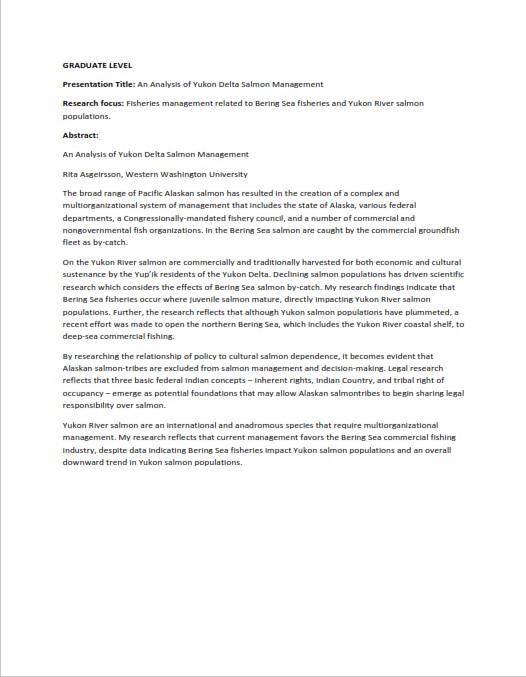The purpose of a decision paper is to convince directors that the company should take a certain course of action. A decision paper follows the traditional structure of storytelling, so it begins with a background statement explaining the reasons for making the decision. The body of the paper must then lead the directors through the argument and cover strategy, risks, and financial information. Unlike a typical essay, a decision paper does not need a conclusion; it is clear from the start what the outcome is.
Guidelines for writing a decision paper
A decision paper is a well-structured document that provides an organized presentation of a complex issue, especially when timeliness is an issue. The main sections of a decision paper should include an issue or problem statement, background material, options, discussion, coordination, and the record of the decision. To create a decision paper, use a clear structure and include relevant references. In addition to references, you should include transition sentences.
The main body of the paper should discuss the background and reasoning behind the policy recommendation. You should repeat some of the information you provided in the executive summary, but make sure to elaborate on each point. The outline of the main body of the paper is similar to that of the proposal, but will include a statement of purpose. This statement should explain why the paper is needed and what the outcomes should be. The conclusion should be based on the results of the analysis.
Information to include
When it comes to writing a decision paper, you need to keep the format simple, but still contain the required information. This includes the decision-making section, which must include the relevant background information. Although the background information should be concise, you should not overload it with too much information. The decision-making section should also contain a recommendation. When you are writing a decision paper, consider what your audience will want to know.
A good decision paper will contain three or five supporting paragraphs that state why your thesis is a good one. You should state why you believe that abortion is immoral and demoralizing. Your paper will be stronger if you include credible reference materials. Your instructor may require you to include these references in your paper. Choosing an interesting topic is not easy, but a little planning will go a long way. You can choose from a broad topic or narrow it down to a specific issue.
Information to leave out
When preparing a decision paper, there are some parts that you need to keep in mind. First, include a statement of the problem or issue, any relevant background material, the options that were discussed, and a recommendation and record of the decision. After that, include any additional information that is needed to fully support your decision. If you need additional support, consider including direct quotes. Your instructor may even require you to include them.
Structure
A decision paper is a document used to explain complex issues to a board of directors or other group of people. It is a useful format to present complex issues in an organized way, especially when time is of the essence. A decision paper should include an issue or problem statement, relevant background material, options, discussion, recommendation, and coordination. It should also include a record of the decision. The structure of a decision paper is similar to that of a story. The author begins with the issue or problem statement, the background material, the options, and the recommendation. This information is followed by the discussion, recommendation, and coordination.
Although the structure of a decision paper differs from that of a noting paper, both need to be structured in a way that makes sense to the readers. The decision skeleton, also known as the strategy, is the core of the document. It is important that the content of the paper is well-structured and coherent in its own right. While the structure of a decision paper is slightly different from that of a noting paper, both need to get across the main idea as early as possible. Then, the paper must anticipate questions and concerns the directors may have.
Peer feedback
Writing peer feedback is an essential part of the writing process. It gives the writer objective feedback and allows the writer to consider the feedback and incorporate it into the final draft. Using peer feedback to improve your decision paper can help you produce a better final product, so make sure to take your time and edit it thoroughly. Here are a few tips for writing peer feedback:
Remember to make the comments as constructive criticism. Peer reviews should be helpful because they give a student an opportunity to learn from the work of another student. They can give you feedback on how to approach a particular part of the paper, or provide specific suggestions. They can also help you improve the way you word your sentences. Practice by giving feedback on a student’s paper from the previous semester. Your instructor can model what types of feedback they should give you and how to use them effectively.




